Category: News
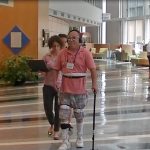
Real World Assessment of Dual Task Performance after Stroke
Adults with stroke have a diminished ability to walk and simultaneously perform cognitive tasks (referred to as dual-task interference). Dual-task interference is attributed to a reduction in information processing capacity. Without adequate attentional resources for concurrent performance of two tasks, individuals must make a decision about which task to prioritize. Inability to … Read more
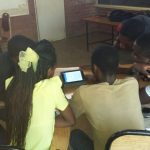
Effect of Mobile Electronic Device use on Learning Outcomes and Satisfaction in the Malawian Radiologic Science Classroom
Malawi is a developing country located in southeastern Africa. Health Sciences education is available in Lilongwe, Blantyre and Zomba. The specific area of interest for this proposal is for the Diploma Radiography Programme located on the Lilongwe campus of the Malawi College of Health Sciences (MCHS). The purpose of this study is to investigate and validate student acceptance of … Read more

Promoting ASAP Collaboration through Technology (PACT): An Intervention Modification to Enhance Home-School Collaboration
The overall purpose of this Goal 2: Development and Innovation project is to enhance the existing Advancing Social-communication and Play (ASAP) intervention through development of a technologically supported system of home-school collaboration. ASAP was originally designed as a classroom-based intervention, in which the educational teams serving preschool-aged children with auti … Read more

SBIR: Targeted tCDS Aphasia Trial (Phase2)
The potential benefits of conventional transcranial Direct Current Stimulation (tDCS) using sponge-pad electrodes have been demonstrated in small pilot studies for motor rehabilitation after stroke and the treatment of aphasia after stroke. Unfortunately, conventional sponge-electrode montages lead to diffuse stimulation throughout cortex with less-than-optimal intensities at the … Read more

Testing Novel Measures of Community Function and Participation in Adults with Cerebral Palsy
Cerebral palsy (CP) is the most common cause of physical disability in children, impacting approximately 1 in 500 young Australians and 2-3 in 1,000 young Americans. Most of these children live to within five years of a typical lifespan, depending on the severity of the disorder. However, after age 21 when they exit the school systems, the availability and accessibility of formal … Read more
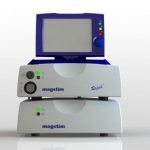
Immediate Effects of Repetitive Transcranial Magnetic Stimulation on Corticospinal Excitability of the Quadriceps in People with Knee Osteoarthritis
Knee osteoarthritis (OA) is prevalent and knee replacement surgeries are increasing. Quadriceps weakness is one of the most modifiable risk factors and treatments for knee OA, but strengthening efforts are limited by neural mechanisms that contribute to persistent quadriceps inhibition and pain. Interventions that affect neural mechanisms may serve as valuable adjuncts to exercis … Read more
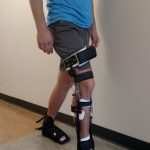
Applying stance phase knee control during gait for people with stroke undergoing inpatient rehabilitation.
Improving walking ability is an important clinical goal for people with hemiparesis after stroke. Frequently after stroke, individuals walk with a slow, asymmetrical, and energy-inefficient gait. In fact, almost one third of people living at home after stroke are unable to walk unsupervised in their communities. This study intends to initiate investigation into an intervention to … Read more

Scientific Service Program for Elite Discus and Javelin Throwers
The purpose of this project is to provide biomechanical evaluation of throwing techniques to elite US discus throwers and javelin throwers. This is part of the High Performance program of USA Track & Field. We collect kinematic data for elite US athletes using three-dimensional videographic techniques, and compare their data to the data of world elite athletes, and suggest change … Read more
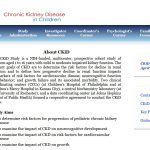
Chronic Kidney Disease in Children (CKiD)
This is a multisite study where the primary goal of this project is to investigate the growth, neurocognitive functioning, and disease progression of children with mild to moderate CKD. This is the 12th year of the study.
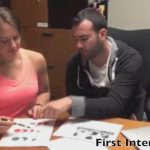
Examining the relationship between accessibility to resources, service use, and community function in adults with ASD
The objective of this pilot study is to use a Geographic Information System (GIS) approach to understand how population density and accessibility to community resources relates to service use, social participation, and functional outcomes in adults with autism spectrum disorder (ASD). Examining the impact of accessibility on community function outcomes may highlight discrepancies … Read more
